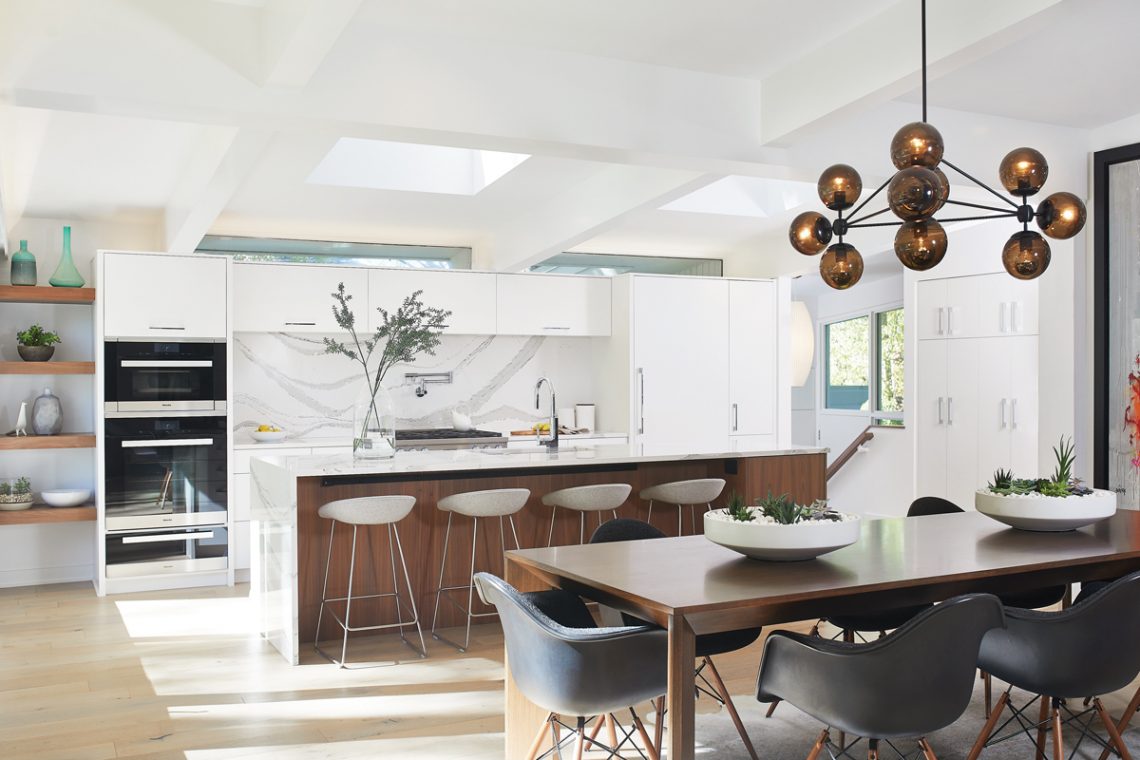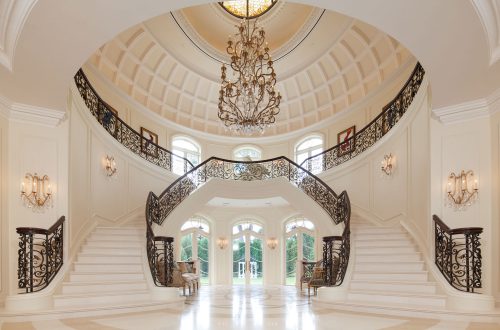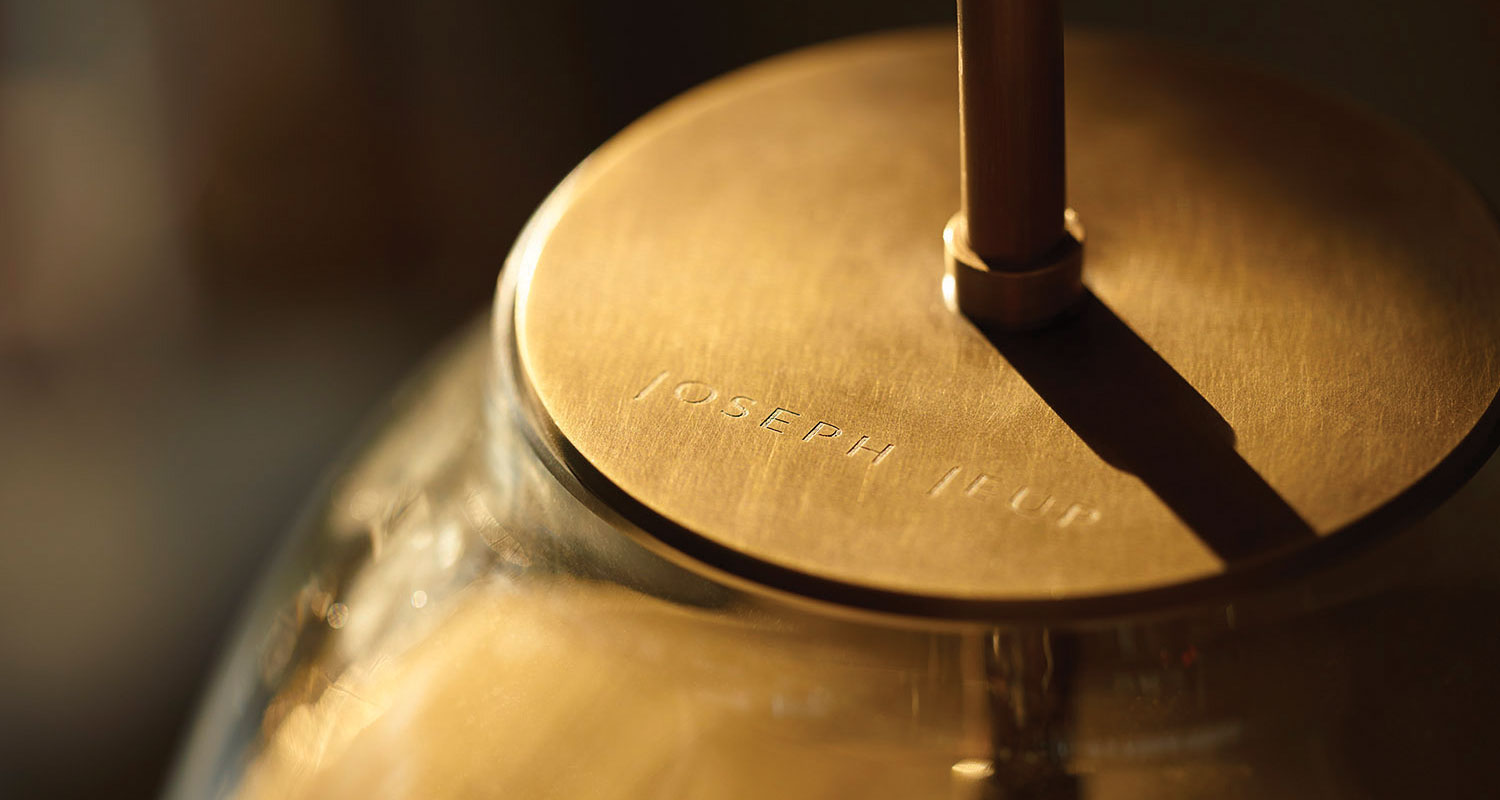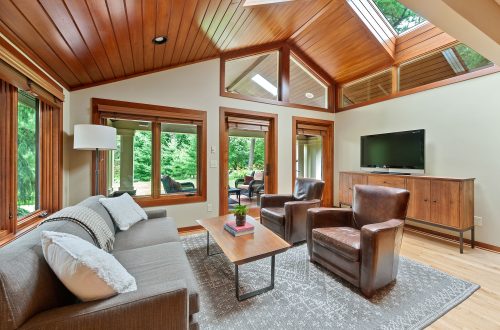Photography has been an important tool in documenting the human experience since early experiments in the heliograph and daguerreotype captivated both innovator and subject alike nearly two centuries ago. It is an art and practice in visual communication; both objective and subjective in recording the cultural, social, and natural world.
It is a craft that is arguably one of the most significant inventions since the printing press, with genres and artistic styles that run the gamut from objective photo-journalism and montage portraiture to abstract landscapes and naturalistic architecture.
Great Lakes By Design Magazine spoke with some of the photographers in the region to learn more about their work, inspiration, and design process.
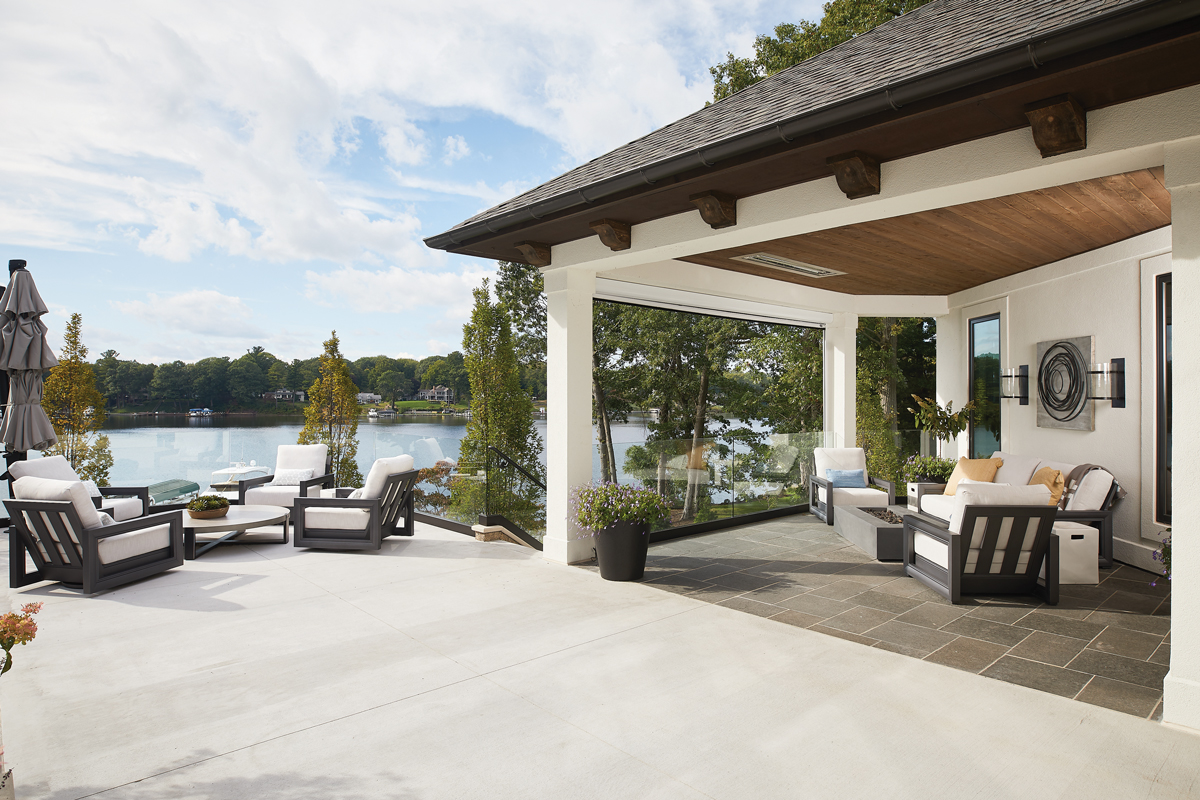
Ashley Avila | Ashley Avila Photography
Grand Rapids, Michigan
For more than a decade, Ashley Avila, owner and photographer of Ashley Avila Photography in Grand Rapids, Michigan has captured the precious moments, artful chef creations, and well-designed spaces of architecture and interiors. While Avila initially began her career in advertising in Chicago, she has since relocated to the West Michigan area where she collaborates with architects, designers, builders, and individual clients to transpose the beautiful moments of life in two-dimensional form.
Great Lakes By Design: Tell me a little more about the work that you do.
Avila: About 70 percent of my work right now is architectural photography and that is something that has progressed over the years. I started assisting commercial shooters when I first started—I’ve been in the business for 13 years—and when I first went into it, I thought I was going to go more into portrait, because I love photographing people.
I worked for a couple furniture photographers and learned lighting through them, and just made some contacts. I worked for a couple magazines and then met a bunch of builders, architects, and designers throughout the years. Now that is mostly what my business is.
What led you to pursue photography? What do you love about it?
Avila: I had always been into art my whole life. My parents tried to steer me toward business, which I love, but [art] would always draw me back. In hindsight, looking at it, I was taking pictures my entire life from early childhood on and it never clicked until I was in my 20s. I was like: ‘you know what, maybe I should do this for my career.’
I worked in advertising for several years in Chicago and that was more sales-oriented, which I really liked, but it wasn’t my passion. My last job I had working at CNN, we were trying to convince everybody that they were going to use the internet to shop and nobody believed us at the time. We were the first four in Chicago for the interactive office, but it was more number crunching and sales than creative, so I took a year off and decided to go back to portrait photography. I haven’t looked back since.
What are some of the things you have to consider when photographing architecture or spaces that may be a little different than portrait?
Avila: It depends on the client. I’ve found throughout the years, if I am shooting for a designer, they want to show the overall space, but they are more into the details, the design of it, and tighter shots, which I love. I have to keep in mind when I’m shooting for architects and builders that they want the overall.
Every home is so different; it’s so collaborative. I think I’ve worked with all combinations. Builders and architects want a lot of exterior, designers are still going to want the details, but they have to have a happy medium so everyone is happy. It depends on the feel of the house, I believe, or the environment. If there are 20-foot ceilings, we need to show them.
I feel like I’m known for being able to light it and show the interior, while also showing windows, because most of the homes I photograph are on the water. To be able to show that, I light it in a certain way so you can see through the windows; you can see the environment upon which the house is located. A lot of people use natural light, but at times you lose the view in the windows.
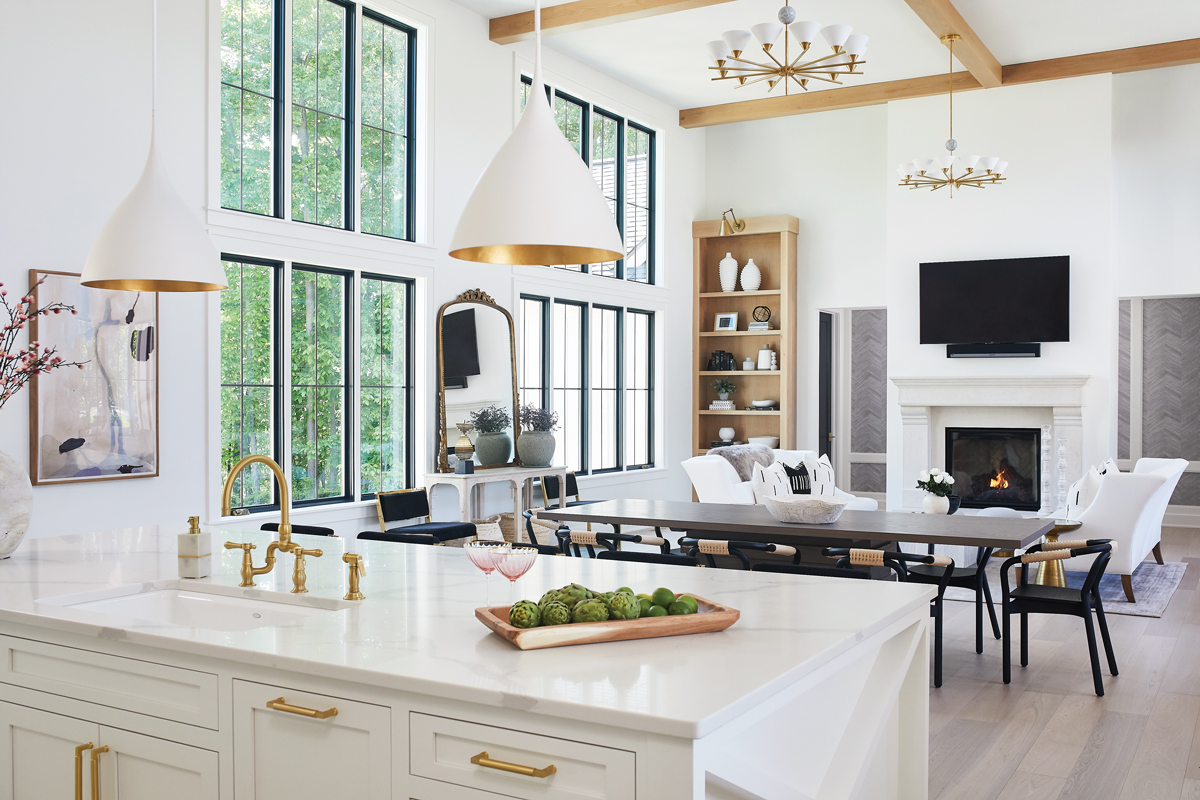
What has been one of your favorite projects—or favorite angle or perspective?
Avila: I’m drawn to more modern, open spaces, personally. That is just what I like. The overall shot is one of the harder ones, but it is also one of the more favorite ones I have, because it shows you the personality of the house. If you can see the living space, dining room, and kitchen, I feel you can get a good idea of the overall space.
How do you see design in the work you do?
Avila: I try to capture what the designer, architect, or builder had in mind. I do like to keep it light and bright, but if the space is moodier, I’ll definitely light it that way. I try to follow their lead. If the space is really dark and moody, I don’t want to make it too bright, or if it is really bright, I don’t want to make it too muted or dull.
What does design mean to you?
Avila: Design takes me to my happy place. It is more of a feeling and when everything works together, you know it; you can feel it. It is hard to describe—I can, I took design classes and understand what you are supposed to do—but when everything comes together, you can tell after a few shots, like, yup, this is a great photogenic house.
Was there anything else you wanted to add?
Avila: I take pride in my editing, in the details, because I keep trying to improve as the years go by. You see things differently and I try to keep my images timeless. I’m updating my website right now and looking back at images even five or six years ago that still stands up to today. I like that. I don’t like to get too trendy with how I edit or capture things, because I want them to be timeless.
Text: R. Collins, Tyler Fleser, R.J. Weick
Vist Ashley Avila Photography to find out more

